Jun 07, 2025
Author:Jackson Watson
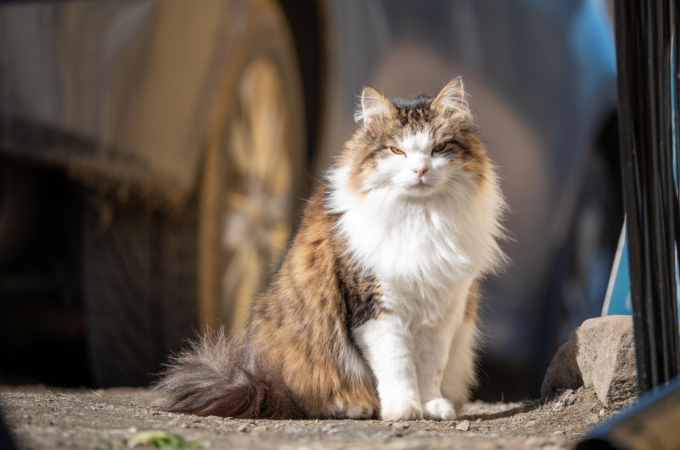
Many American homes welcome at least one feline friend, and a good number of those cats carry long, flowing coats that never fail to draw praise. The domestic long hair cat holds no formal pedigree, yet guardians value it for sturdy health, a wide range of looks, and warm companionship. This article explains the cat’s background, body traits, coat care, nutrition, health, behavior, and daily management. Each topic offers step-by-step guidance so you can give your long-haired companion a safe and satisfying life.
Historians link long-haired cats with early trade routes that moved Persian and Turkish Angora stock into Europe and North America. Later random mating spread the recessive long-hair gene into barn and street populations. Because of that mixed heritage, today’s domestic long hair cat comes in every color, pattern, and eye shade that exists in the cat world. Typical adults weigh 10–15 lb, though some males top 20 lb. Average indoor life span ranges from 12 to 18 years, and well-cared cats often reach their early twenties.
Unlike a show breed, the long-hair category rests on one trait—coat length over 1.5 in. Everything else, from muzzle shape to ear size, varies by family line. This genetic blend dilutes the risk of single-breed disorders and adds vigor, a point most veterinarians support.
A third appearance rule shapes the long-hair group: an abundant undercoat plus guard hairs that flow when the cat walks. The fur forms breeches on the hind legs, ruff around the neck, and tufts between the toes. Many guardians first notice a thick plume tail that fans out like a feather duster. The head may look round or wedge-shaped; eye color may be gold, green, blue, or odd-eyed. Because lines differ, you may spot a silky black cat or a bold tortoiseshell in the same litter. If you enjoy black cat patterns, you can browse large photo guides that spotlight shade depth and shine.
Guardians sometimes ask if a specific color affects health. Current data show no direct tie between pigment genes and sickness in the domestic long hair cat; coat color remains a style choice.
Long hair needs hands-on care. Brush every day with a slicker or wide-tooth steel comb. Daily work removes loose undercoat, spreads skin oil, and stops mats before they form. Always start at the back and work toward the head so hair lies flat. Never yank a knot; hold the base and tease it apart with short strokes. Regular care prevents hairballs, a top complaint among long-hair guardians.
Baths are optional in a clean indoor cat, yet some owners bathe every three months to curb oil and dander. Use a cat-safe shampoo, rinse until water runs clear, and dry with a towel, not a hot dryer. After the coat dries, comb again to lift the fluff. When loose strands litter your clothes, run a damp rubber glove across fabric or follow this detailed guide on how to remove shed hair from clothes.
Matting around the back legs demands prompt action because hidden knots can pinch skin. If a mat feels tight, cut it out with blunt-tip scissors held parallel to the body. For deep mats, book a professional groomer rather than risk a skin cut.
Many cats learn to enjoy grooming when you start early. Offer a treat after each short session so the cat links combing with rewards. In hot states, daily brush time also lets you check for fleas, skin bumps, or weight swings before small problems grow.
Mix length does not change calorie needs, yet fluffy coats can mask weight gain. Weigh your domestic long hair cat once a month and chart progress. Most adults require 240–280 kcal daily, split into two or three meals. High-protein wet food supports skin health and water intake. Dry food can stay in the plan, but watch portion size; slow feeders help here. Consider timed feeders if you work irregular hours, or step up to automatic feeders and fountains for tech-based control.
Hydration matters because thick coats hide early dehydration signs. Many long-hair guardians move from a bowl to a fountain to spark interest. A side-by-side water source test often shows a clear preference for moving water. Once you set up a unit, follow a good fountain care routine and change filters on schedule. Older cats sometimes drink less, so review tips on hydrating a senior feline when your pet nears double digits.
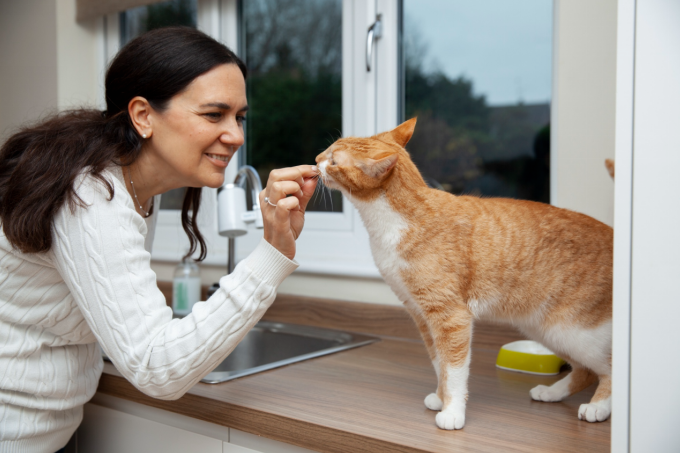
A strong gene pool gives the domestic long hair cat an edge, but mixed cats still face health risks. Obesity, dental disease, and chronic kidney disease top the list. Strive for steady weight, brush teeth with feline toothpaste twice a week, and schedule annual blood work after age seven.
Hyperthyroidism, diabetes, and urinary blockages occur more often in felines over ten. Catch trouble early with routine labs and prompt vet visits if the cat shows weight drop, extra thirst, or litter box strain. Guardians who notice their cat pooping on your bed should not scold. Check for pain, stress, or box hate first.
Long fur may hide fleas and skin sores. Part the coat weekly and scan the roots. If you live in a tick area, add a vet-approved topical preventive.
Neutering prevents roaming, spraying, ovarian cysts, and testicular tumors. Most doctors suggest surgery at five to six months. Learn more about the benefits of spay or neuter before you book the appointment.
Because line mix shapes temperament, no single profile fits every domestic long hair cat. Still, trends exist. Many long-hairs enjoy quiet rooms, but they also chase laser dots and feather teasers with zeal. Some individuals talk in soft chirps; others keep silent. Early social play yields confident adults, so invite calm guests to handle kittens once vaccinations begin.
Cats with lush coats sometimes avoid dirty water since damp fur weighs them down. Offer fresh moving water daily. Curiosity often peaks at dawn and dusk, so schedule play at those times to burn energy. When you cannot supervise, enrich the room with climbing shelves, scratching posts, and puzzle feeders.
If your cat travels, prepare well. Short car trips teach the cat that the carrier does not equal vet shots. Clip a harness to a seat belt and line the carrier with absorbent pads. Never feed a big meal right before the ride.
Morning yowling, door scratching, and mid-night zoomies may stem from boredom. Set play blocks, then feed a small snack. The pattern satisfies the hunt-eat-groom-sleep cycle and helps the house rest through the night.
Pet parents who must monitor the household from work can add a camera feeder. Live video and two-way talk calm both sides and ensure the cat eats on schedule.
Long fur collects dust, so maintain clean floors and fabrics. Vacuum every other day and wash bedding weekly. If allergies run in the family, buy a HEPA unit and groom the cat outdoors in mild weather.
Provide at least two litter boxes per cat, add one extra, and scoop twice a day. Fine clay litter clumps well and traps waste. If tracks bother you, place mats around the entry or install a grated ramp. Should you face box refusal, scan health first, then adjust box depth, location, and substrate.
Sunbeams still matter for vitamin D synthesis. Place a perch near a secure window, but keep glass shut or screened. Many long-hair cats nap three to four hours in warm patches; daily brushing later removes heat-opened dander.
Cats learn by repetition and reward. When you want new skills, lure with treats or toys. Teach a recall word so you can call the cat during emergencies. Practice harness walks indoors before you step outside. For a mental workout, hide kibble in toilet-paper rolls or scatter freeze-dried chicken in a sniff mat.
Rotate toys weekly. A feather rod one day, crinkle balls the next. Choose puzzle feeders with wide slots so whiskers avoid stress. Cats that gulp food gain weight fast, but slow dispensers add challenge.
You can add water play as enrichment as long as the cat sets the pace. Some long-hairs tap the stream, others prefer still bowls. Observe, then adjust.
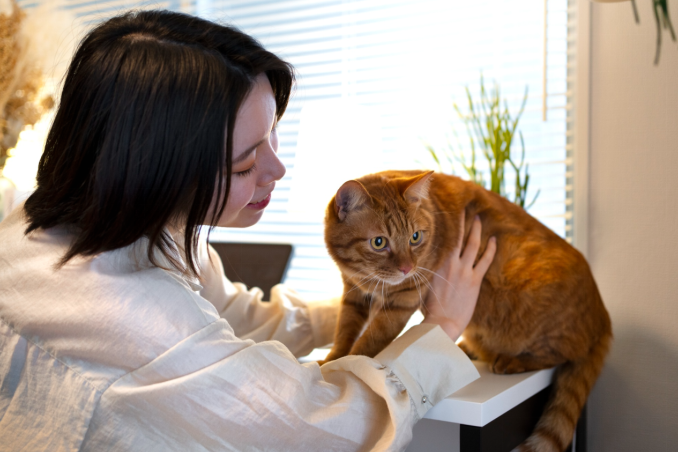
● Matting: Daily combing and a grain-free diet rich in omega-3 minimize knots.
● Hairballs: Groom more, add fiber treats, and prompt water intake.
● Over-eating: Measure each portion. Timed dispensers beat free feeding.
● Hydration gaps: Try a filtered fountain. Clean it weekly.
● Stress-related accidents: Increase play, keep boxes spotless, and maintain routine.
If you must leave town, arrange twice-daily checks or use an auto feeder plus neighbor visits. A pet fountain keeps water moving, and tech feeders drop meals on schedule.
|
Life Stage |
Focus |
Key Tasks |
|
Kitten |
Growth, social skill |
Four small meals, booster shots, daily gentle grooming |
|
Young Adult |
Weight control, play |
Two meals, brisk play, dental checks |
|
Mature (7–10 yr) |
Early screens |
Annual blood tests, joint checks, fountain upkeep |
|
Senior (11+) |
Kidney watch, comfort |
Bi-annual labs, soft bedding, slow feeders for easy chewing |
Guardians often praise the domestic long hair cat for beauty, vigor, and unique style. A hands-on routine—daily combing, portioned meals, active play, and prompt vet care—lets that beauty shine without fuss. Whether you share your sofa with one silver fluff or a trio of color-splashed rogues, keep lessons in this guide close. Your reward will be years of steady company and the quiet pleasure of a cat who thrives because you learned to meet its simple needs.
Label:
Popular Post

What to Feed a Sick Dog With No Appetite? [2025 Guide]
May 16, 2023

Troubleshooting Common Issues with Automatic Pet Feeders: Tips & Tricks for Pet Owners
Oct 26, 2023
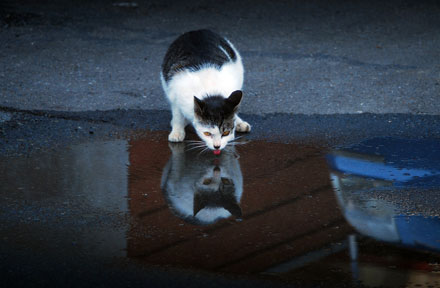
Why Does My Cat Cough After Drinking Water? 8 Potential Reasons
Mar 13, 2023
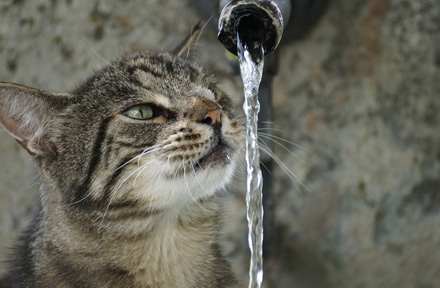
Why is My Cat Throwing up Water? Top 5 Causes Here
Feb 08, 2023
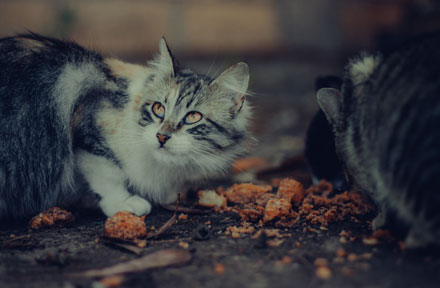
My Cat Only Eats A Little at A Time - What to Do?
Feb 27, 2023
$99.99
$129.99
Copyright © 2025 WOPET. All Rights Reserved.